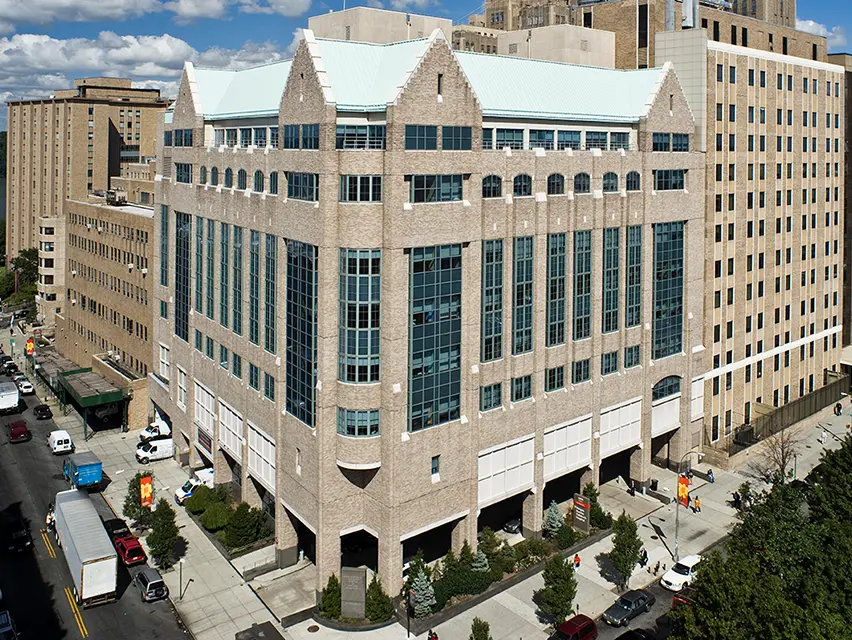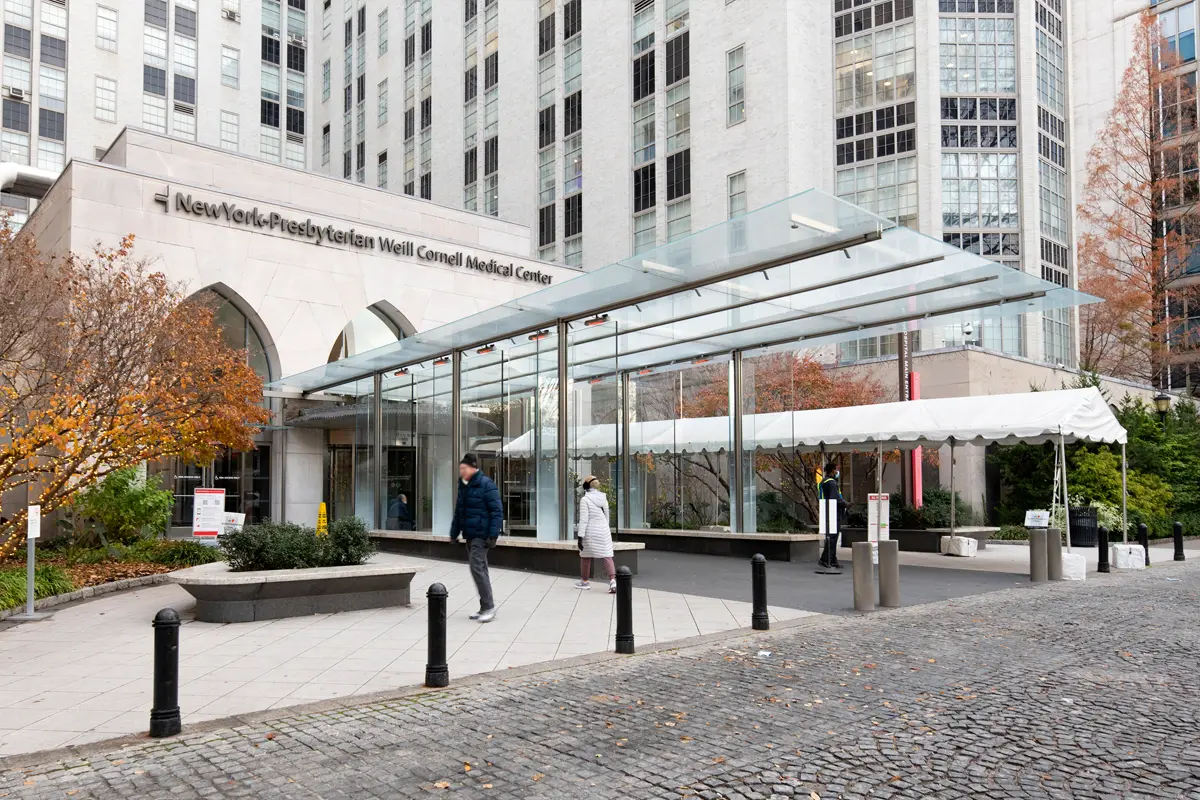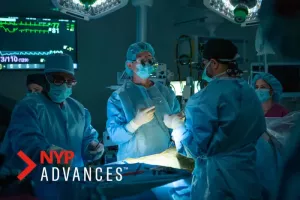Children’s Hospital of New York provides unparalleled care for craniofacial disorders at our world-class locations: NewYork-Presbyterian Morgan Stanley Children’s Hospital and NewYork-Presbyterian Komansky Children’s Hospital. Our Craniofacial Center is home to the nation’s best cranial surgeons, pediatricians, therapists, nurses, and other specialists.
New York’s premier destination for craniofacial care
Our approach to care
The needs of children with craniofacial disorders change as they grow. Every child’s journey is different and requires a personalized plan to address their evolving needs. Our teams of specialists offer advanced surgical methods at the appropriate time, with continuous support therapies to help your child reach, and even exceed, their developmental expectations.
At Children’s Hospital of New York, we know that the journey of craniofacial care can be long, lasting from infancy through childhood and into adulthood. Our experts are here to provide continuous care every step of the way. We are committed to your child’s recovery through our innovative treatments and consistent compassion.
Why choose us
The Craniofacial Center at Children’s Hospital of New York features renowned pediatric surgeons and specialists, including neurologists, speech and swallow therapists, pediatric dentists, orthodontists, and pediatric psychiatrists. We offer minimally invasive approaches to craniosynostosis and cutting-edge technology, including virtual surgical planning using 3D imaging.
Services and specialties
We provide advanced care for children with facial conditions and complex facial deformities related to three main areas: congenital (birth) defects, trauma, and tumors or abnormal growth.
Some of our services and specialties include:
- Cleft lip, in which the lip does not completely form during pregnancy.
- Cleft palate, in which the roof of the mouth does not completely close during pregnancy.
- Craniosynostosis. A deformity of the skull caused by premature fusion of the sutures that hold the bones of the skull together.
- Craniofacial abnormalities from genetic disorders such as Crouzon’s, Apert’s, Goldenhar, Treacher-Collins and Pierre-Robin syndromes.
- Facial trauma and facial scarring.
- Jaw (orthognathic) disorders.
- Hemangiomas and other vascular malformations.
- Velopharyngeal dysfunction/insufficiency (VPD/VPI). The inadequate separation of the oral and nasal cavities during speech and/or swallowing.
- Deformational (or Positional) plagiocephaly, or "flat head syndrome."
- Hemifacial microsomia. Underdeveloped tissue on one side of the face, affecting the ear, mouth, and jaw.
We also offer support systems for parents and caregivers, including:
- Patient care coordinators to arrange necessary appointments, explain treatments, review timeframes, and coordinate with your pediatrician.
- Our Parent-to-Parent program connects you with a parent whose child has been treated for the same condition your child has.
Compassionate support and therapy services
At Children’s Hospital of New York, we provide outstanding support and therapy services for the entire family. From speech pathologists to emotional wellness, our team of caring individuals is here for you and your child throughout the journey to recovery.
Your child’s craniofacial care plan often involves regaining speech and language abilities. Our trained pathologists can help with the following:
- Speech, voice, and swallowing issues relating to craniofacial or oral cavity disorders.
- Surgery scheduling/timing. Our pathologists work with our surgeons to create the best recovery timeline and improve speaking abilities.
- Guidance for school or at-home speech services.
- Collaborating with otolaryngologists (ear/nose/throat doctors) to improve your child’s speech.
We can successfully assess hearing difficulties and middle ear dysfunctions that tend to occur with craniofacial abnormalities. Our expert audiologists provide the following evaluations:
- Otoacoustic emissions (OAE) testing
- Auditory brainstem response testing
- Behavioral audiological evaluations, including visual reinforcement audiometry
- Hearing aid evaluations and fittings
Your child’s care plan includes working with feeding therapists to ensure safe and successful nutrition intake. They can identify the best way for your child to swallow foods and liquids, address any muscle weakness or food aversions, and empower you with feeding techniques.
Children’s Hospital of New York is home to first-rate pediatric dentists and orthodontics specializing in craniofacial abnormalities—offering comprehensive care from childhood to adulthood. Some of the services provided include:
- Dental care for children with clefts and craniofacial conditions.
- Orthodontic care until all craniofacial surgeries are complete.
- Prosthodontic care, including Nasoalveolar molding (NAM)—a non-surgical method using a plastic plate to reshape the upper lip, gums, and nostrils before cleft lip and palate surgery.
Social Work Support
- Coordinating medical, dental, and surgical care for your child.
- Providing emotional support to families born with a child with a facial abnormality.
- Offering educational advocates to ensure the appropriate school services or an individualized education plan (IEP) is in place for your child.
Our geneticists provide prenatal, pediatric, and adult diagnostic testing for birth defects and/or genetic conditions. We also offer counseling to parents to discuss genetic risks for future children, and to adolescents with congenital conditions who are reaching the age of reproductive awareness.
Children's Hospital of New York


Children's Hospital of New York
Opens in Google Maps



